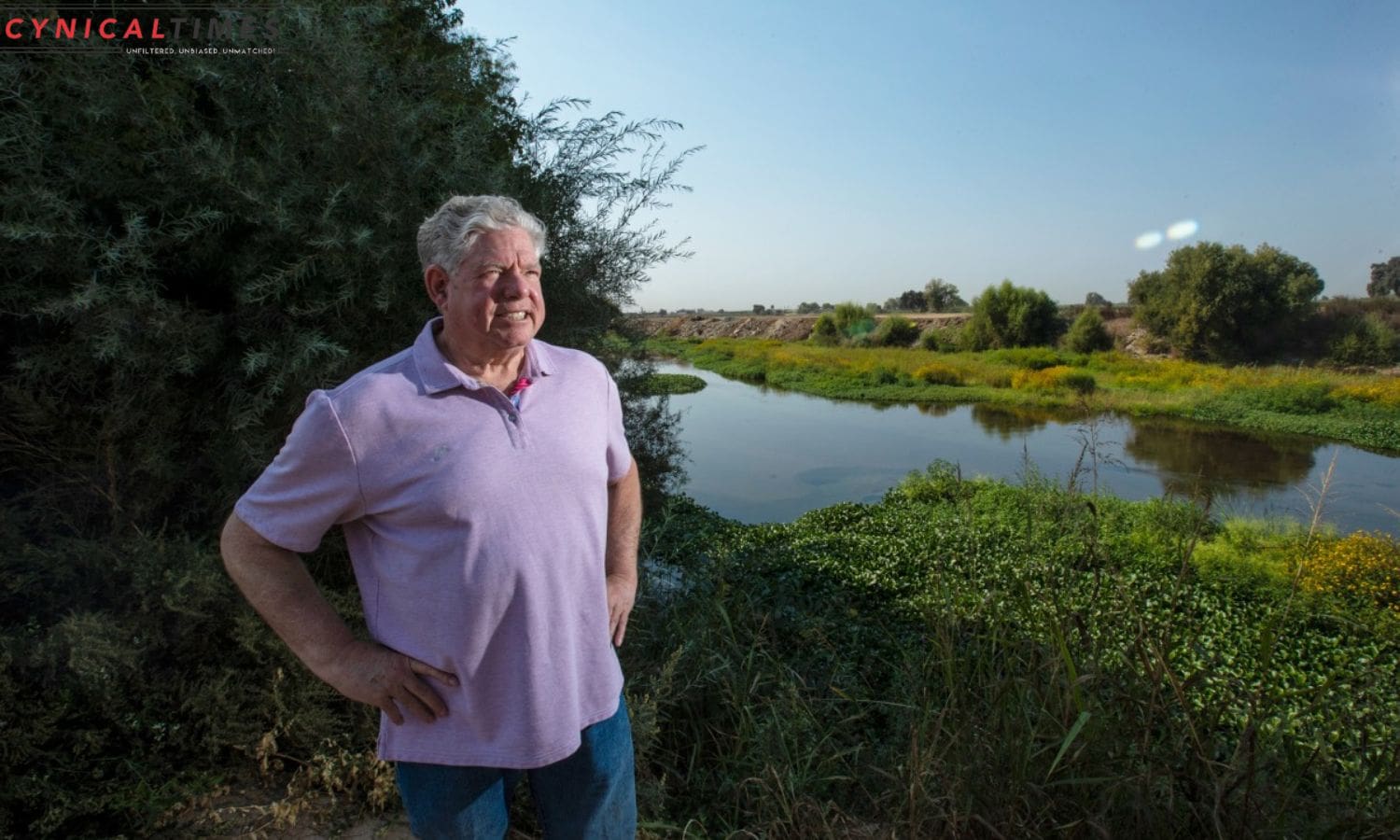California Water Crisis: In the midst of California’s ongoing water crisis, a central valley nonprofit has emerged with an innovative approach to address the pressing issue. This article explores the groundbreaking efforts of Dos Rios, a nonprofit dedicated to water management and conservation in the region.
By examining the success and impact of Dos Rios State Park, as well as the challenges faced in replicating its model, we gain valuable insights into the future of floodplain restoration and sustainable solutions for California’s water crisis.
Key Takeaways Of California Water Crisis
- Dos Rios, led by nonprofit organization River Partners, plays a crucial role in water management in California’s Central Valley.
- Dos Rios focuses on restoring floodplains, mitigating the impact of excess water, and recharging groundwater aquifers to promote long-term resilience of agriculture.
- Dos Rios State Park has successfully slowed downstream flows, prevented flooding in nearby cities, protected urban areas, and highlighted the importance of utilizing natural systems.
- Replicating the Dos Rios model faces challenges such as resistance from farmers, financial constraints, political barriers, and the need for supportive policies and regulations.
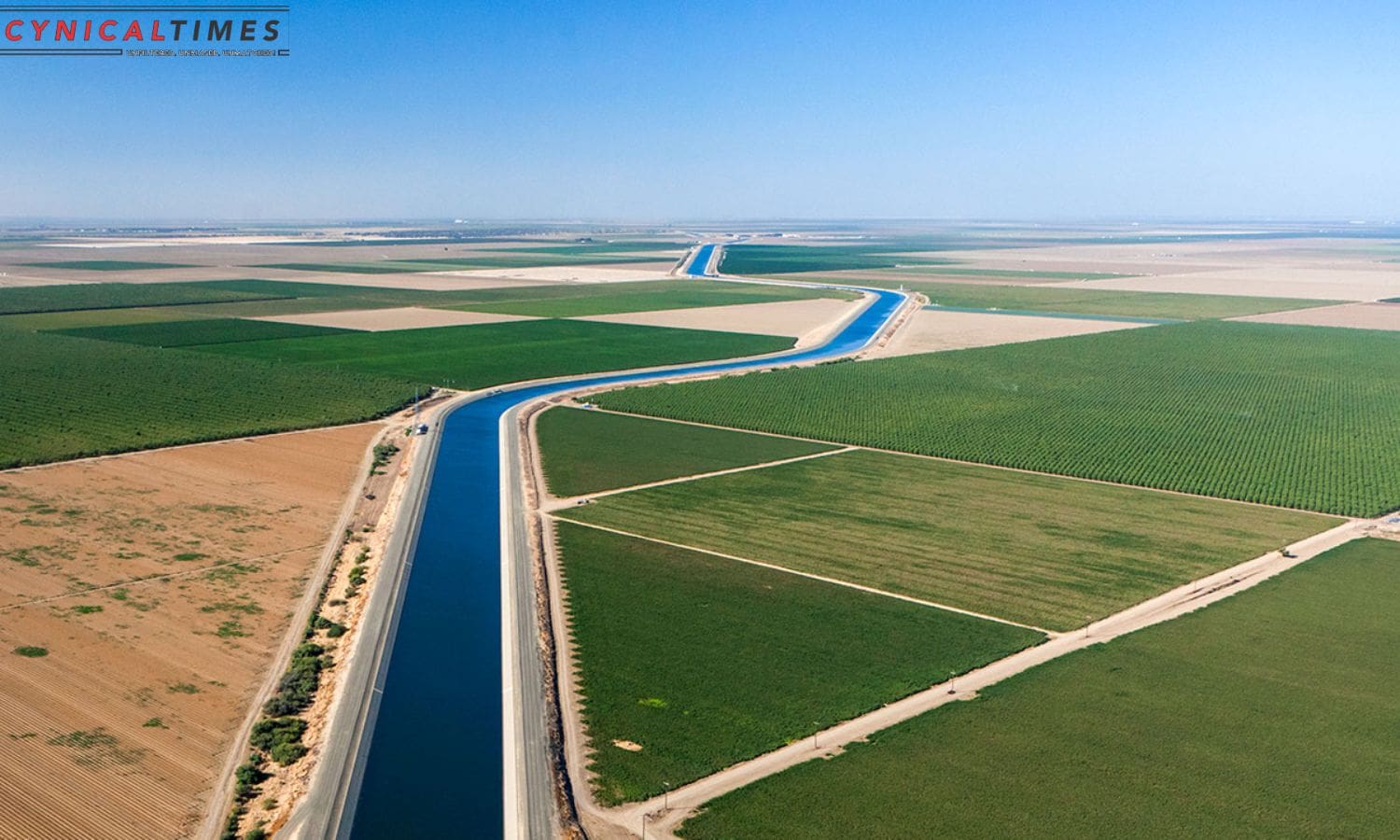

Conservation Effort in California’s Central Valley: Dos Rios
In recent years, the conservation effort known as Dos Rios has emerged as a pioneering solution for addressing the water management crisis in California’s Central Valley.
This project, led by the nonprofit organization River Partners, aims to restore a 2,100-acre floodplain back to its natural state, providing a sustainable approach to water management.
By reintroducing native vegetation and restoring the delicate ecosystem, Dos Rios is not only helping to conserve water but also promoting biodiversity and creating a more resilient landscape.
This innovative approach recognizes the need to move away from the traditional model of industrial-scale agriculture and towards a more sustainable and environmentally friendly system.
Dos Rios serves as a model for other regions facing similar water management challenges, demonstrating that a balance can be struck between agricultural production and conservation efforts.
Dos Rios and its Role in Water Management
Dos Rios, led by the nonprofit organization River Partners, plays a pivotal role in water management in California’s Central Valley through its innovative approach to restoring floodplains and promoting sustainable practices. By acting as a sponge during floods, Dos Rios helps mitigate the impact of excess water, preventing it from overwhelming agricultural areas and causing damage. At the same time, it recharges groundwater aquifers, ensuring a sustainable water supply for agriculture during dry spells. This unique strategy not only helps address the water-related challenges faced by the Central Valley but also promotes the long-term resilience of the region’s agricultural industry. The table below provides a snapshot of Dos Rios’ contributions to water management in the Central Valley:
| Dos Rios’ Contributions to Water Management |
|---|
| Restoring floodplains |
| Preventing damage from excess water |
| Recharging groundwater aquifers |
Through these initiatives, Dos Rios is making significant strides in managing water resources in California’s Central Valley, ensuring a more sustainable and resilient future for the region’s agriculture.
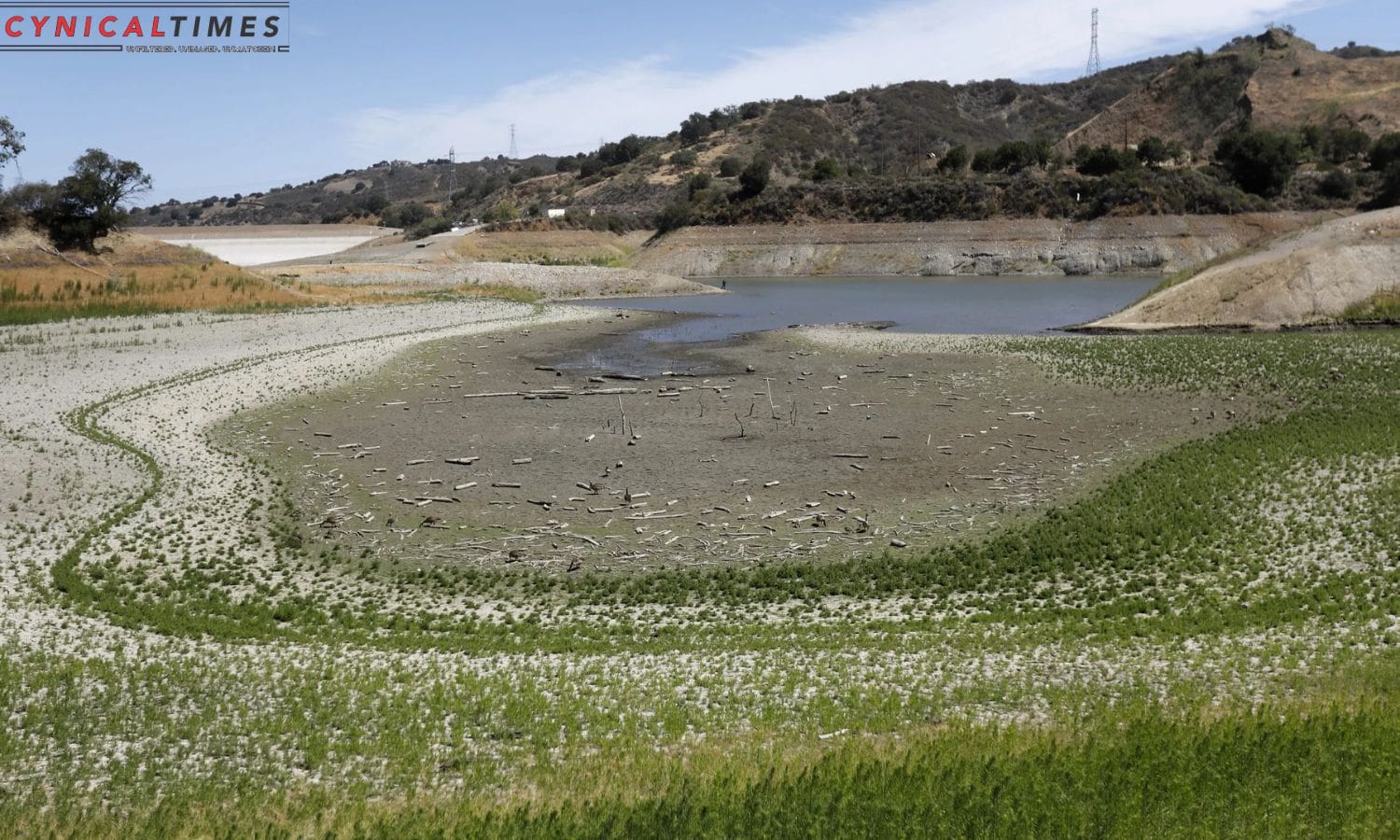

The Success and Impact of Dos Rios State Park
The success and impact of Dos Rios State Park can be attributed to its innovative approach to managing water resources in California’s Central Valley.
By restoring the floodplain and allowing excess water from the San Joaquin River to be absorbed, Dos Rios effectively slows downstream flows and prevents flooding in nearby cities like Stockton.
This not only protects urban areas from the devastating effects of flooding but also helps to recharge groundwater aquifers, addressing the issue of extensive overdraft in the valley.
Dos Rios is not only a state park but also a solution to the region’s water woes.
Its success has broader implications for water management in California, highlighting the importance of utilizing natural systems to mitigate the effects of water scarcity and ensure sustainable water resources for future generations.
Challenges to Replicating Dos Rios Model
Replicating the success of Dos Rios State Park poses significant obstacles for those seeking to implement a similar approach to managing water resources in California’s Central Valley. These challenges include:
- Resistance from farmers: Convincing farmers to give up their land for floodplain restoration is a difficult task. Agriculture plays a dominant role in the region, and farmers may be reluctant to relinquish valuable agricultural land.
- Financial constraints: Implementing a large-scale project like Dos Rios requires significant funding. Securing the necessary financial resources can be a major hurdle, especially for nonprofit organizations or small initiatives without access to substantial funding sources.
- Political barriers: Overcoming political challenges is another obstacle. Policies and regulations need to be in place to support and incentivize the replication of the Dos Rios model. Navigating the complex landscape of politics and bureaucracy can be time-consuming and frustrating.
Addressing these challenges will be crucial to replicating the success of Dos Rios State Park and implementing similar approaches to water resource management in the Central Valley.
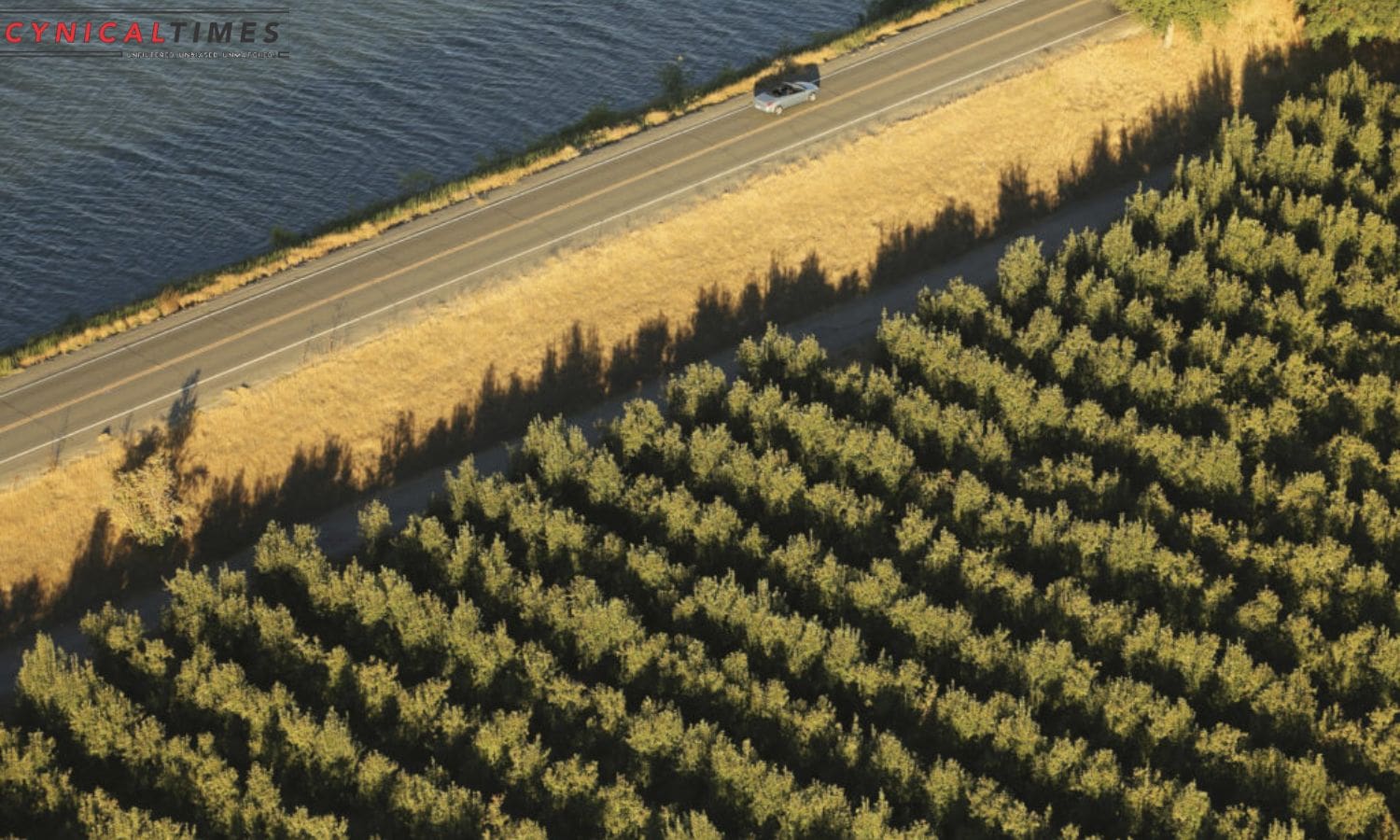

Also Read: LA Woman Arrested in Connection With Million Dollar Retail Theft Ring
Future Visions of Floodplain Restoration and Sustainable Solutions
Implementing floodplain restoration and sustainable solutions is key to addressing California’s water crisis and ensuring a sustainable future for the Central Valley. The success of the Dos Rios project serves as a model for future endeavors, but it is essential to scale up these efforts to meet the growing demand for water resources.
One of the future visions for floodplain restoration is the creation of a network of interconnected habitats, allowing for the natural flow of water and providing crucial ecosystem services. This approach would not only restore floodplain habitats but also improve water quality and recharge groundwater supplies.
Additionally, sustainable solutions such as water recycling, stormwater capture, and efficient irrigation techniques should be integrated into the restoration plans. By adopting these future visions, California can build resilience against droughts, protect valuable ecosystems, and secure a sustainable water future for the Central Valley.
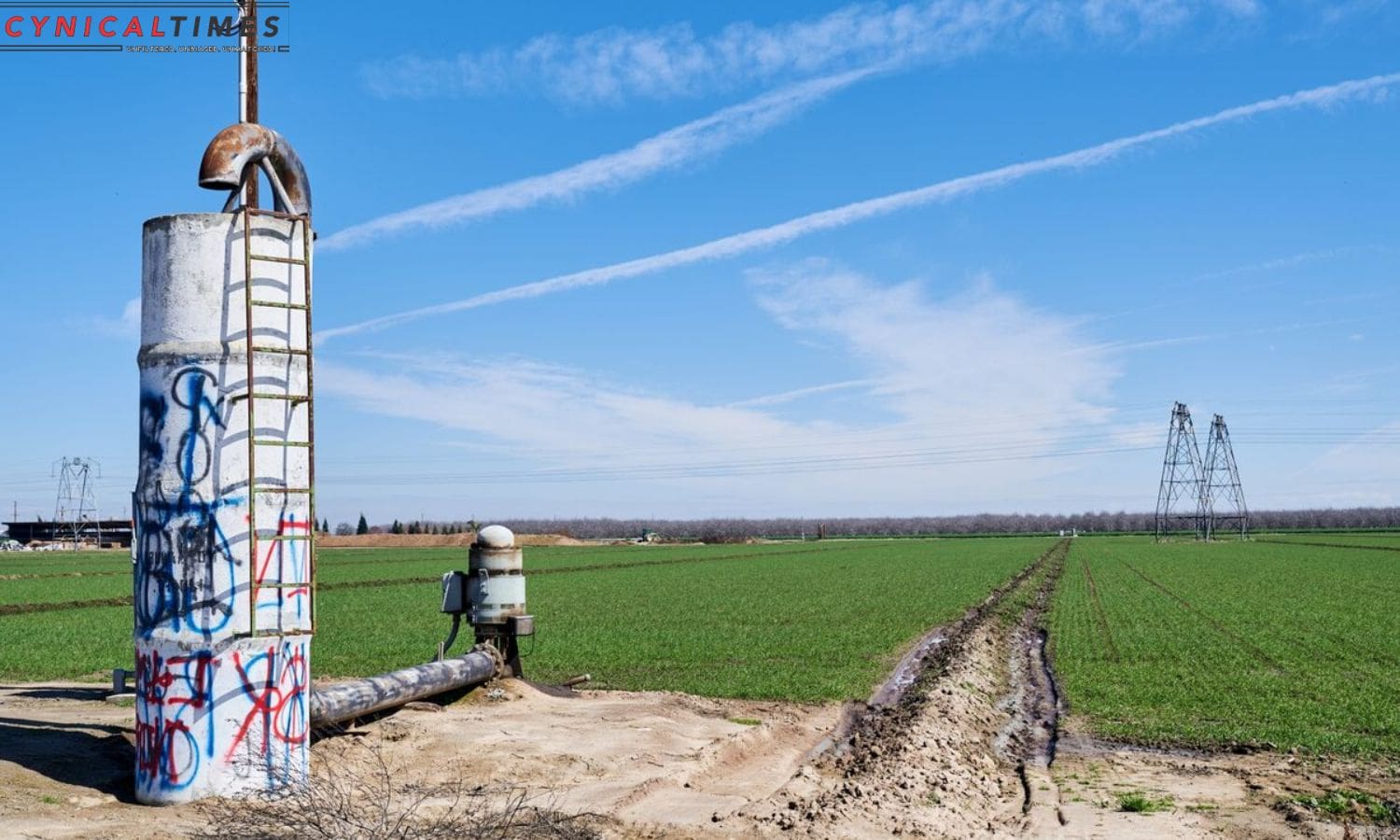

Conclusion Of California Water Crisis
In conclusion, Dos Rios State Park in California’s Central Valley has proven to be an innovative and successful approach to water management and conservation. By restoring the floodplain and implementing sustainable solutions, Dos Rios has made a significant impact on the region’s water crisis.
However, replicating this model faces various challenges. The success of Dos Rios relies on several factors, including available land for restoration and funding for the project. Additionally, there might be resistance from stakeholders who have different priorities or interests.
Moving forward, it is crucial to continue exploring and implementing floodplain restoration projects to ensure a sustainable and resilient future for California’s water resources. Dos Rios serves as a valuable example and can inspire similar initiatives in other parts of the state. By learning from Dos Rios’ experiences and adapting the model to different contexts, it is possible to make a significant impact on water management and conservation throughout California.
Our Reader’s Queries
What is causing the California water crisis?
California’s groundwater drought remains a pressing issue. With the decline of reservoirs, many cities and farmers have resorted to tapping into vast underground aquifers. In fact, during drought years, up to 60% of California’s water supply has come from groundwater. Unfortunately, the pumping of this resource has been largely unregulated, exacerbating the problem.
Is there a water crisis in California 2023?
Water Year 2023 in the California-Nevada Drought Early Warning System region started with a 100% drought status, but ended with less than 1% of the area still experiencing drought. This remarkable turnaround can be attributed to the cool and wet weather conditions that persisted throughout the year. The Southern Sierra Nevada saw a record snowpack, and Tulare Lake made a comeback after a long absence. These positive developments are a welcome relief for the region, which has been grappling with drought for years.
How long will it be before California runs out of water?
The Western US is facing severe drought conditions, with over 90% of the region affected. California is bearing the brunt of this crisis, as it grapples with its first megadrought in 1,200 years. The situation is dire, and urgent action is needed to mitigate the impact of this unprecedented water shortage.
Will California have water in 20 years?
California’s water supplies are at risk of decreasing by 10 percent over the next two decades due to the changing climate. The West is becoming hotter and drier, resulting in less snowfall, increased evaporation, and higher water consumption by vegetation, soil, and the atmosphere. These factors pose a significant threat to the state’s water resources.

